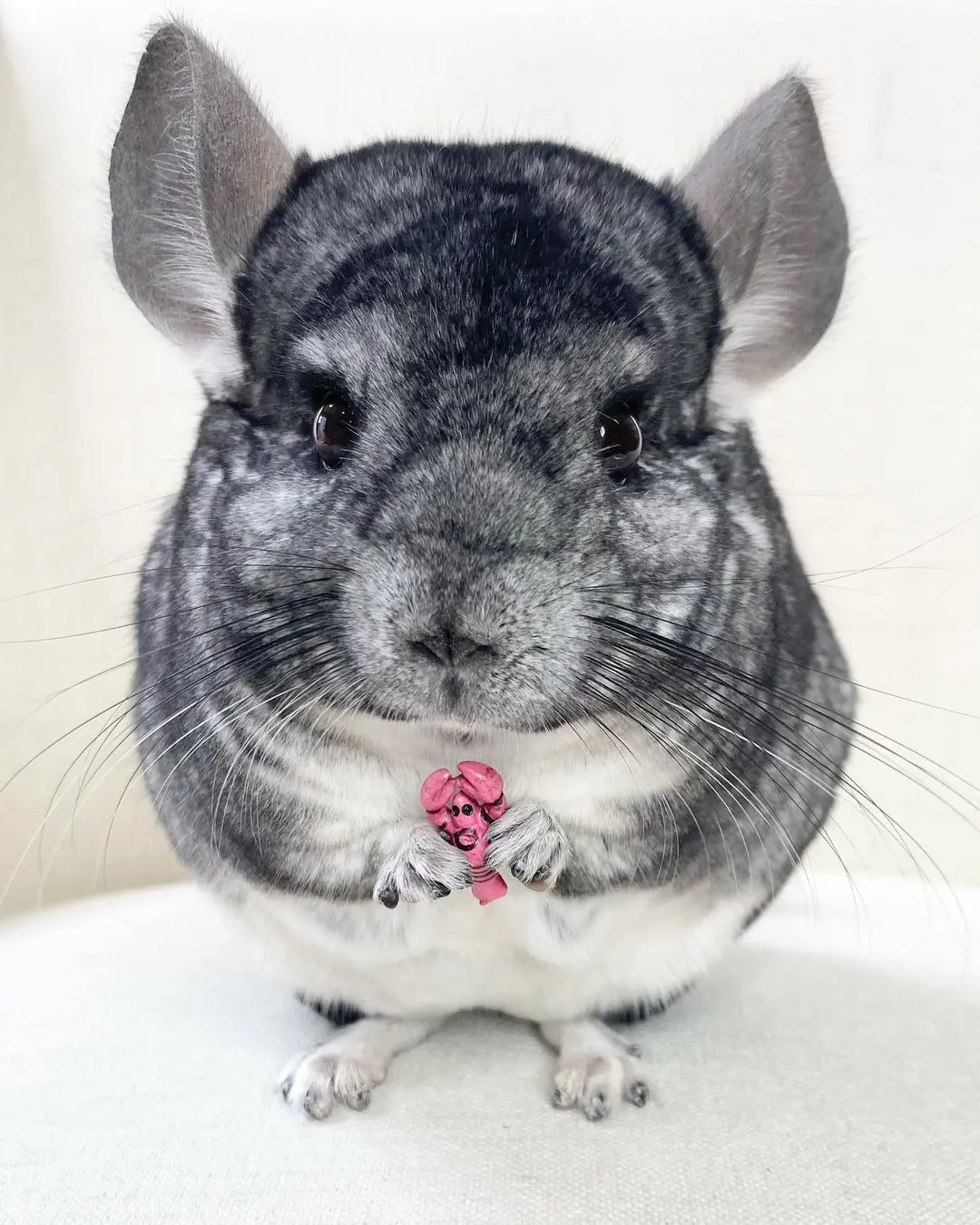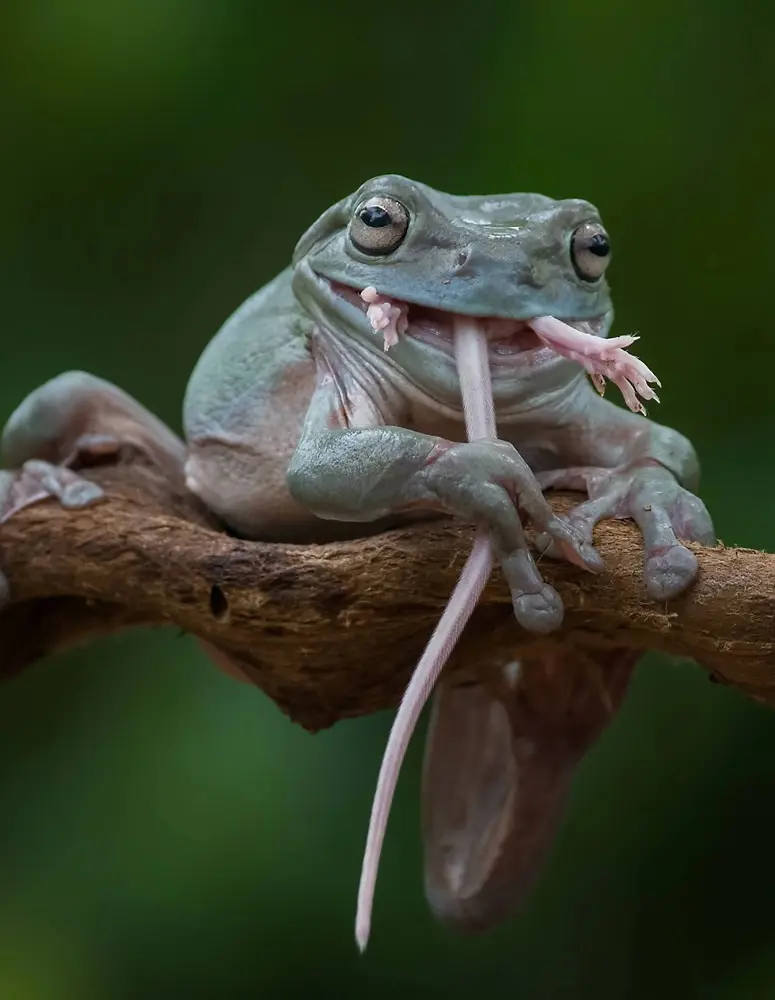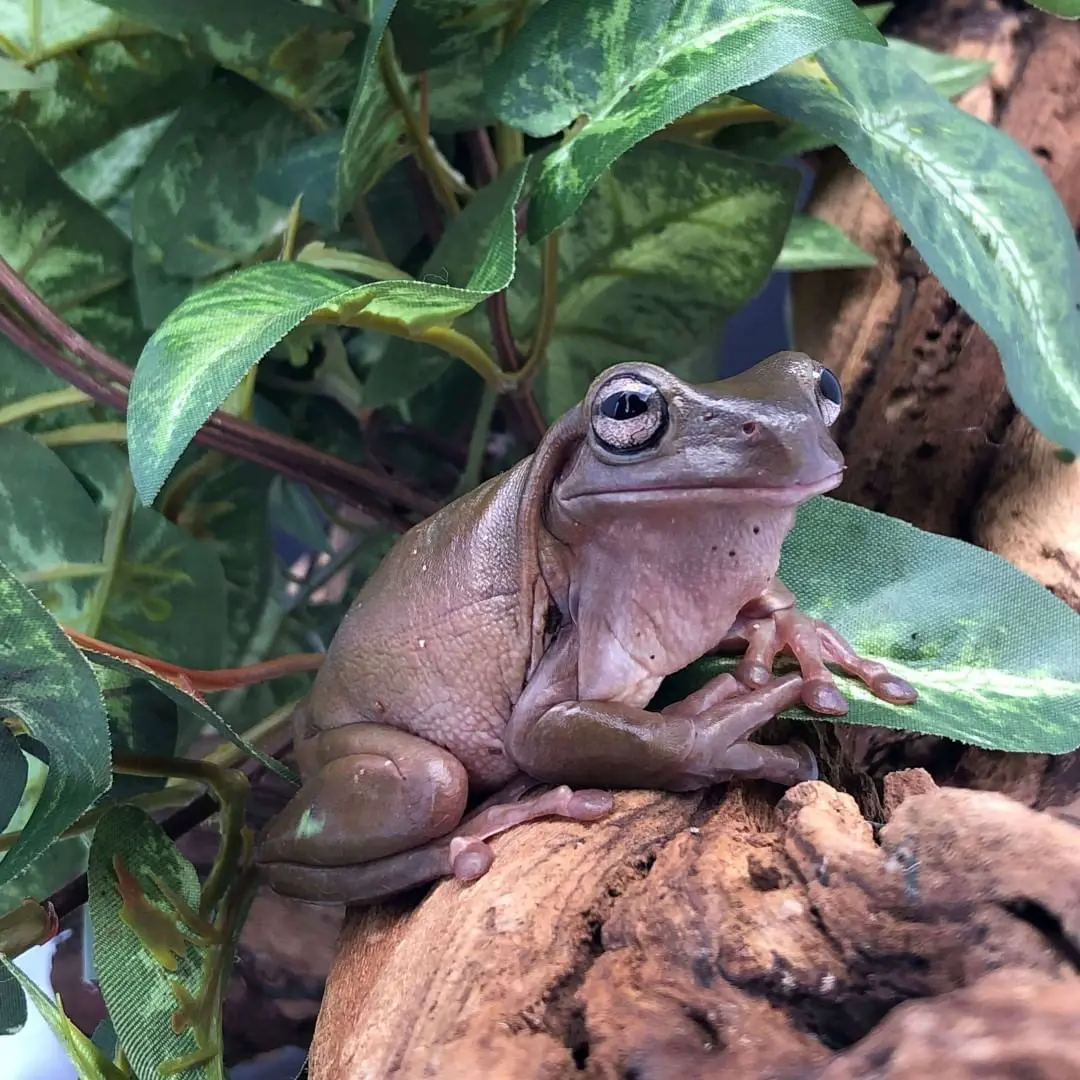16 Fox Species That Can Be Kept As Pet
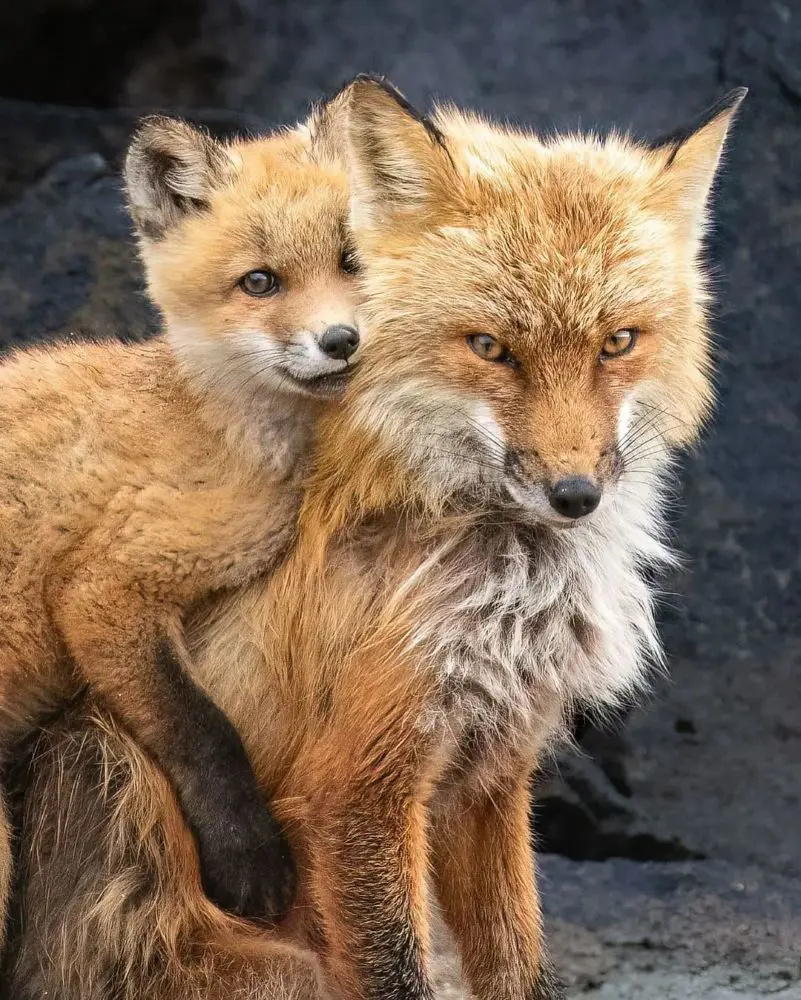
Fox is normally not a choice for a pet animal, despite their close relations to dogs, human's best friend. Humans generally don't perceive foxes as friendly; instead, these animals are treated as malicious animals that will steal your livestock and housepets if provided the chance.
However, in reality, foxes can become affectionate with humans, especially if these canines depend on them for food and other comforts. With time, the demand for these exotic animals as housepets is increasing, even though not everyone is comfortable with the idea of bringing a wild creature home.
In this article, we discuss 16 fox species that have already been accepted into the human world as pet companions.
1. Red Fox
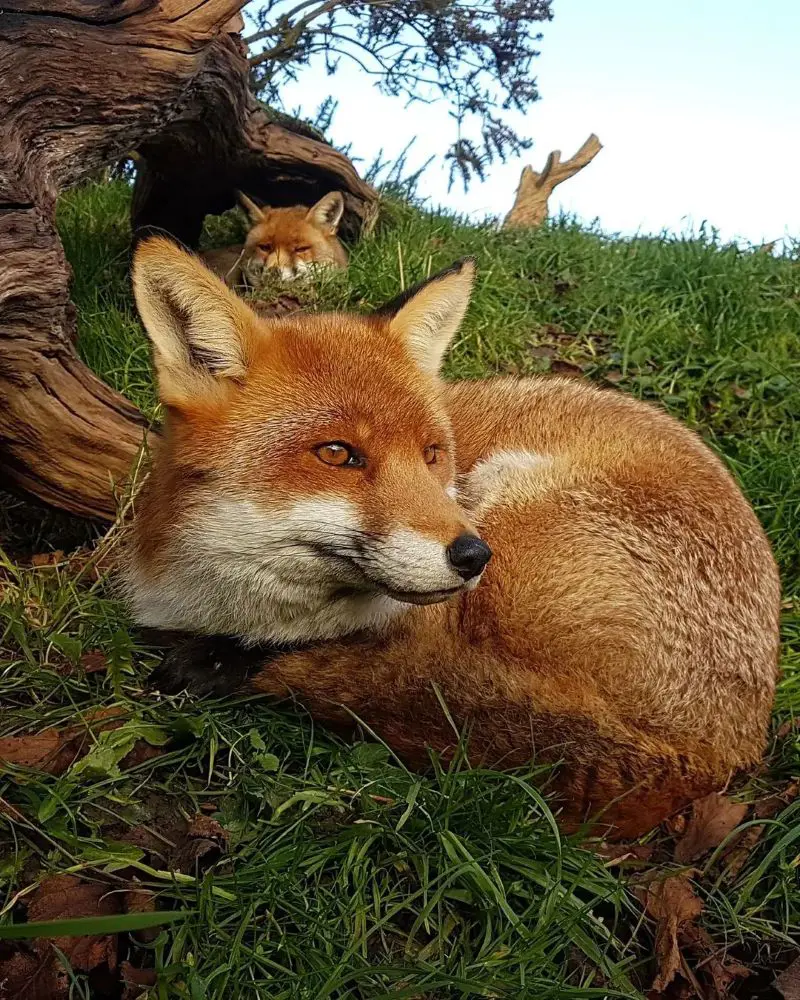
Although not a truly domesticated breed, red foxes can live with humans after a few adjustments. For instance, these foxes are not an indoor breed; they should be kept in a large enclosure outside the house.
At the same time, the stink of their urine is also quite repulsive to humans. The uncomfortable smell is caused by the high level of uric acid in these foxes. However, the smell can be subsided by avoiding food with high uric acid.
Additionally, red foxes can often get aggressive due to their wilder instincts. Spaying/neutering will help alleviate the hormonal disbalance in their bodies, giving them a more stable temperament.
2. Arctic Fox

Due to their habitat in the cold regions of the northern hemisphere - particularly the Arctic, Arctic foxes have developed a shiny white coat that gives them a unique appeal. These foxes are also more well-behaved and smaller than the red fox, making for much better pets.
Still, Arctic foxes as pets are legally allowed to be kept only in some countries around the world, including a few US states like New York, Kentucky, Florida, and Arkansas, among others.
Though not as intelligent as dogs, Arctic foxes can still learn to follow a few commands. They can learn to sit, stay, and perform a few other tricks on command.
3. Silver Fox
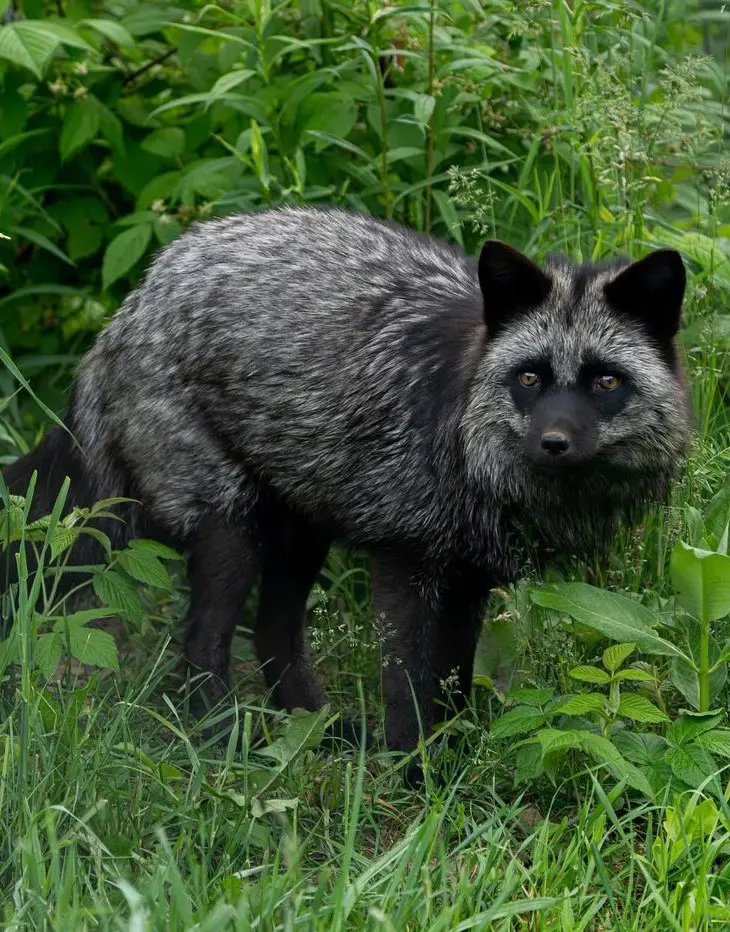
In 1952, a breeding program was started to tame the silver fox. Under this program, a large group of fox cubs are raised in a controlled environment, however without much contact from humans. As the cubs grow older, they are experimented on by a human attempting to test their tameness.
With each new month, some foxes tend to grow friendlier with their human captors, even allowing them to pet. By the time they are 7-8 months old, a final tameness test is done. The friendliest of these foxes are put in the first category, while the least tameable foxes are kept in the third category.
The foxes, who succeed in passing the test, are allowed to be purchased or adopted by a potential fox owner. Despite their friendliness, the Silver fox is still largely wild; they should only be handled by experts and not meant to be raised by a novice owner.
4. Fennec Fox
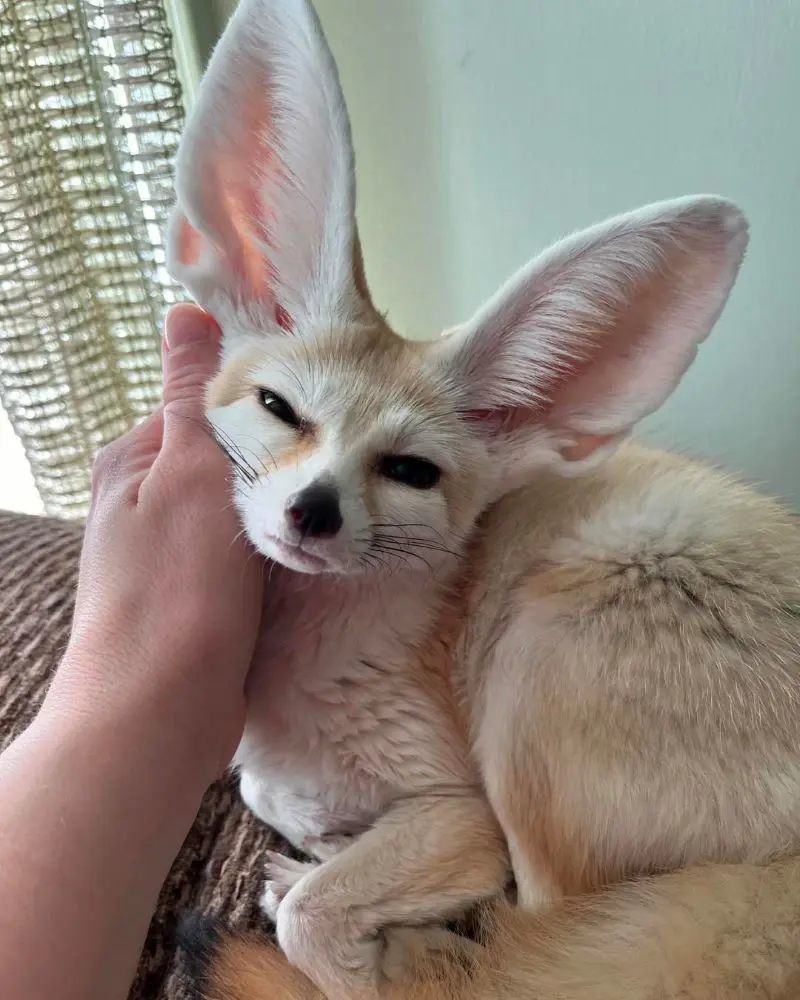
Recognized by their large ears, fennec foxes often exhibit dog-like characteristics with their playfulness and high energy. This omnivorous breed is primarily a hunter; due to this, it is less likely to attack humans than other breeds.
Not all fennec foxes are raised in captivity; while there are sellers that catch these foxes in the wild, foxes raised in captivity are more trainable and human-friendly than those captured in the wild.
The smallest fox species in the world, the fennec fox is also considered the safest for humans due to their size and friendly nature. Meanwhile, they are also one of the most expensive breeds; a single cub can cost you around $1500-$3500. Normally, with these foxes, lower prices might be a sign of a potential scan.
5. Gray Fox
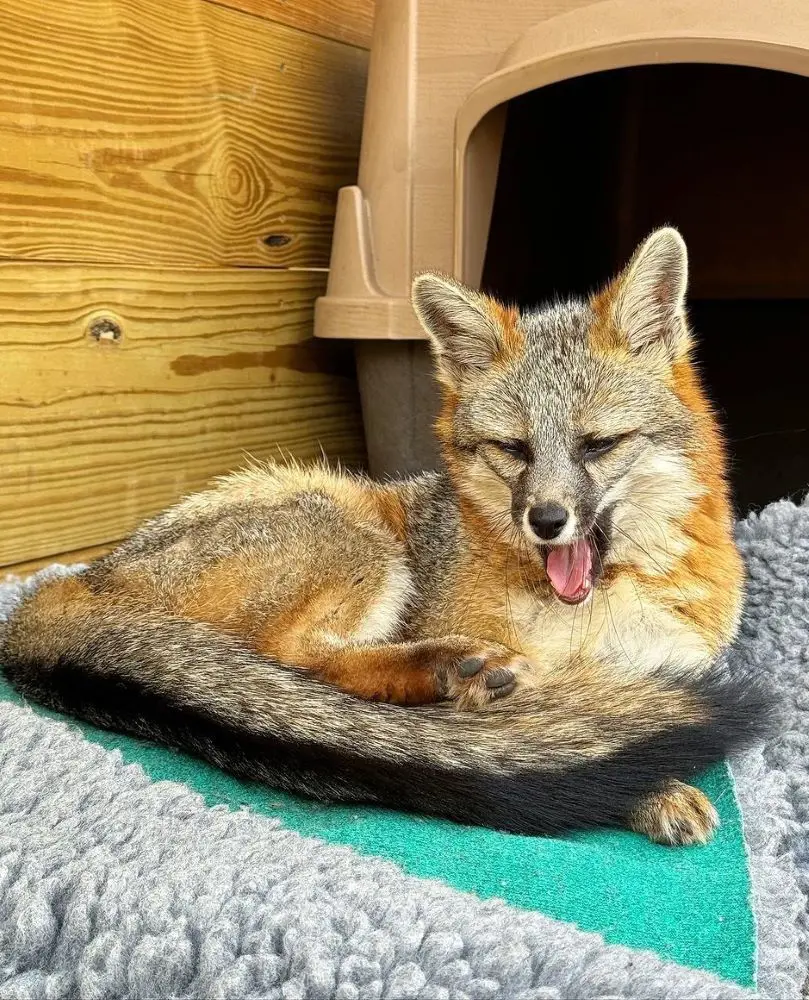
Unlike most domesticated fox species, the gray fox is not a true fox breed. Not normally found in the wild, gray foxes don't need vaccinations that most species need. In fact, these animals will die if given the vaccines.
Additionally, these foxes are not carnivores; they depend on a diet consisting of healthy fruits, vegetables, and meat. While feeding meat, avoid fat sources like pork and beef. At the same time, their portion size should also be strictly controlled. Overfeeding can cause obesity and even death in some cases.
6. Corsac Fox
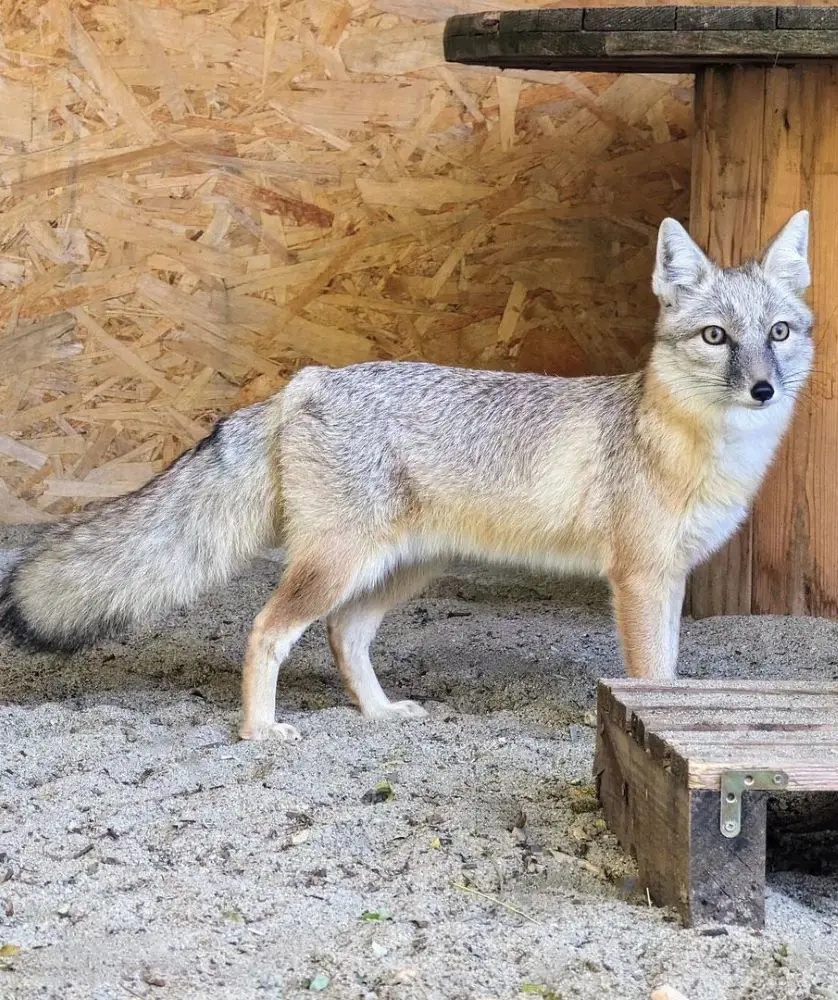
Corsac foxes have a clearly defined social structure in the wild; these canines compete with other foxes during mating season and often go on to form a monogamous relationship with a female. These foxes also generally help their partners in raising the cubs in the wild.
Their social behavior has certainly aided in domesticating the fox breed in human society. Often hunted in the wild for their fur, these foxes are much more vulnerable in the wild than near humans. They are relatively slower than most breeds and are often considered easy prey for other predators.
Corsac foxes are a lot easier to domesticate and potty train. And, considering their strong urine smell, this seems like an advantage over other breeds.
7. Swift Fox
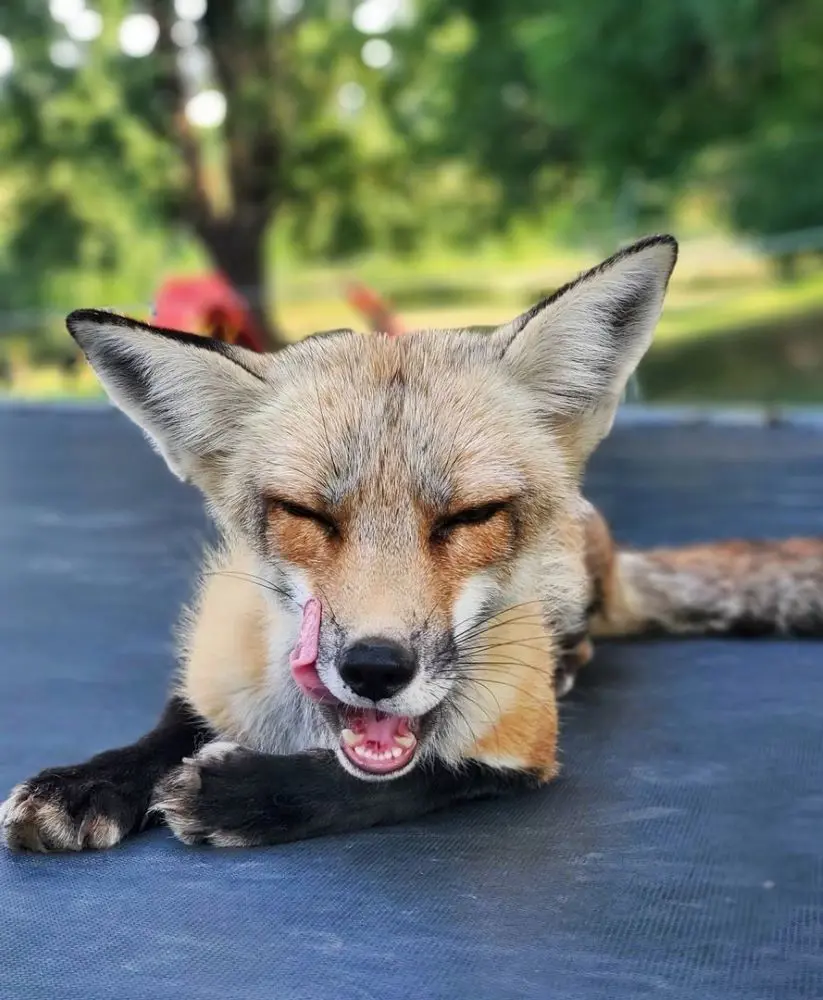
This breed is a desert-dweller that prefers to live in open grasslands. The swift fox is highly valued for its pale fur which makes a beautiful pair with their brown ears.
The swift fox generally lives away from human settlements and doesn't perceive humans as a serious threat; this trusting nature often backfires, making the fox more likely to get caught in a trap.
At one point, the wild population of this species was almost extinct; they were saved after a positive campaign to save these animals in the wild. Meanwhile, domesticated swift foxes are often well-mannered and affectionate towards humans.
8. Pale Fox

Primarily found in Africa, Pale foxes, particularly as pets, are incredibly rare in the US. The small population that exists in the US was brought when a breeder imported this breed accidentally while trying to import fennec foxes.
When socialized from a young age, the pale fox normally grows to be friendly and may even form a strong bond with their human companions. Their high motivation for food and dependence on humans for it also makes these foxes less likely to run away from home.
Besides their love for humans, these foxes also produce minimal body odor when compared to other fox counterparts. While they are still vocal like other foxes, pale foxes are perfect for anyone who doesn't mind their loud noise.
9. Kit Fox
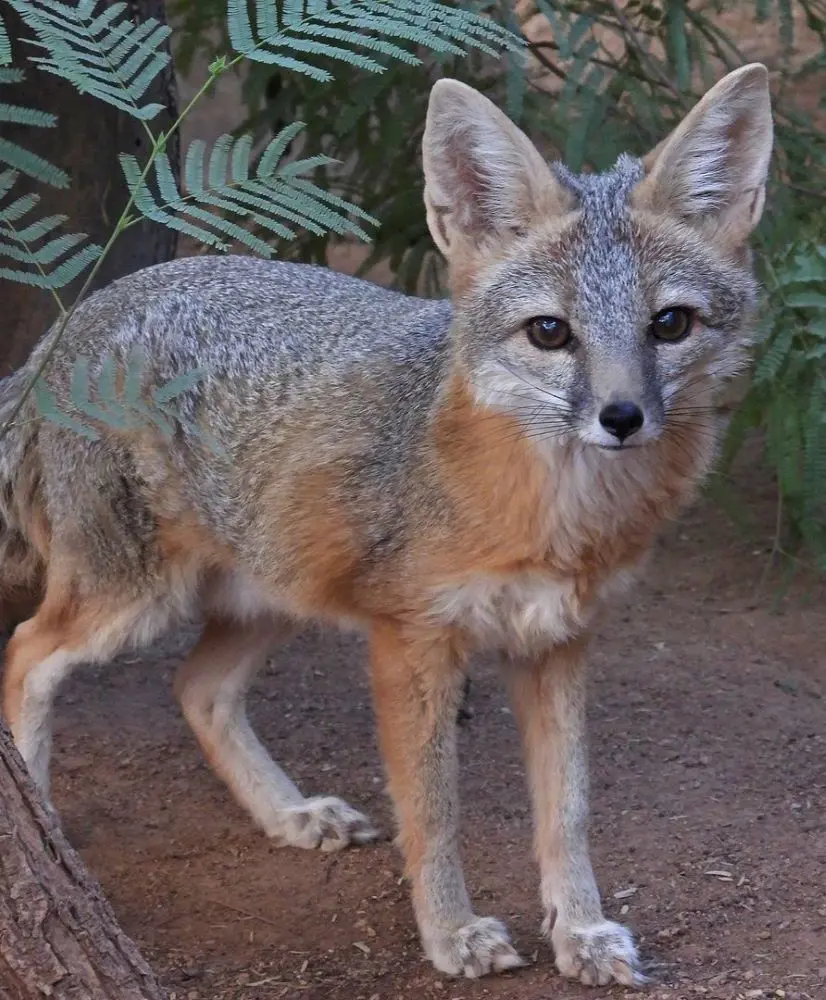
Considered one of the smallest foxes for pets, the kit fox is the tiniest fox species in North America. Often resembling the swift foxes in appearance, these pet foxes can become accustomed to living with humans.
Domestication has not only benefited humans as this species enjoys a much longer life and nutritious food that it doesn't have easy access to in the wild. Kit foxes in the wild have an average life of seven years, whereas, in human society, this number can rise to nearly 12 years.
Foxes, who are accustomed to receiving food from humans, are known to frequently approach even those, that are not members of their families. Many individuals might perceive this behavior as threatening, even though they rarely attack a human.
10. Bat-Eared Fox
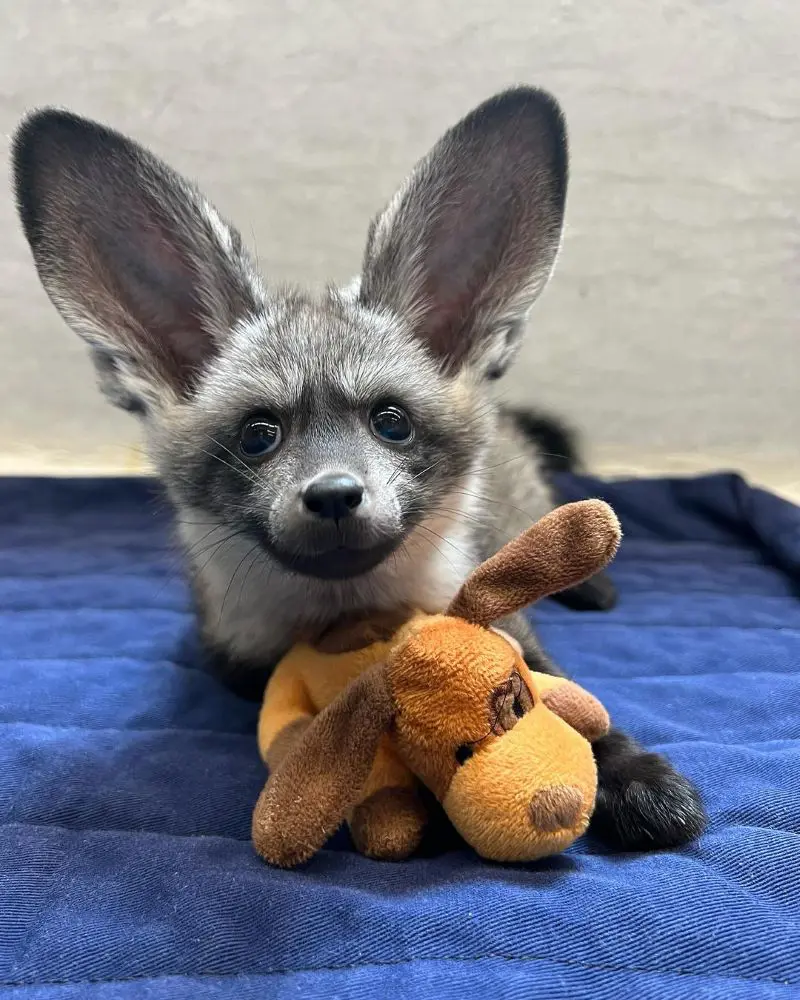
Known for their thermo-sensitive long ears, the bat-eared fox is a highly trainable pet fox species. These outgoing canines show typical dog-like behavior, including learning commands like sit and stay.
Moreover, with their higher level of intelligence, these pet foxes can also learn to potty and litter train. Besides its temperament and intelligence, the fox species is also less destructive when left in the home alone.
Unlike most entries on this list, the bat-eared canine is not a true fox species. However, this also comes with an advantage as these are not specifically banned in most US states, like most native breeds.
11. Marble Fox
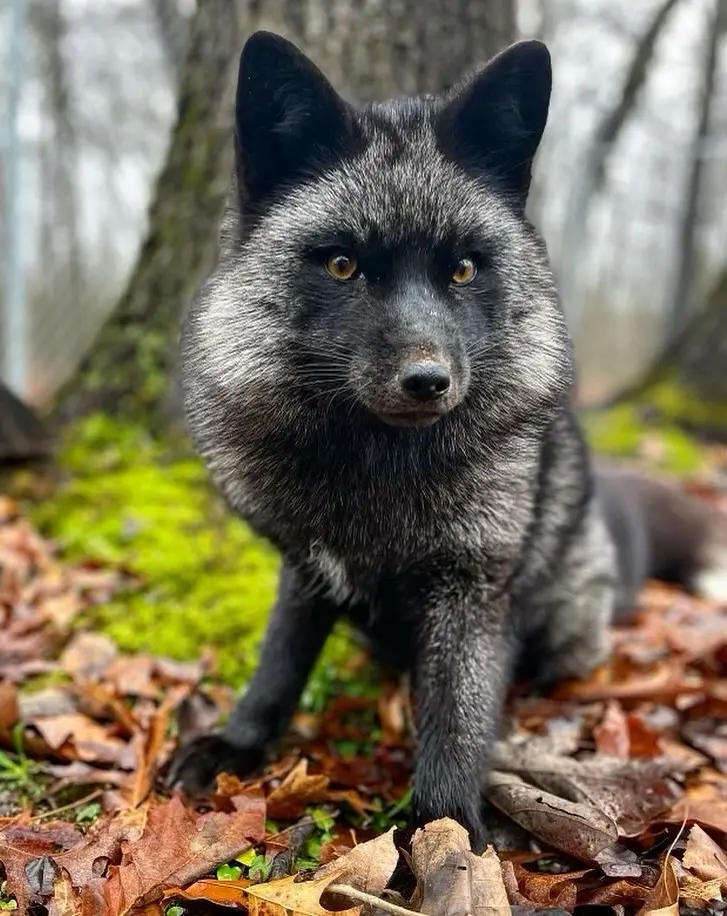
Originally from North America, this fox species is naturally found in colder regions, including Canada and Alaska. As these foxes are mostly found in the coldest regions, they have evolved to grow a thick coat of fur along with hair on their paws to keep them warm.
In the wild, these foxes hunt small animals like birds, insects, and tiny mammals. Meanwhile, in captivity, they are mostly fed a meat-based diet and occasionally fruits.
Additionally, while generally calm, these foxes can show unpredictable behavior, especially those captured from the wild. Meanwhile, breeder-grown marble foxes rarely have this issue due to their early socialization and shared living with other animals.
12. Sand Fox

Occasionally referred to as Ruppell's fox, the sand fox is known for its grayish coat, resembling sand. These desert-dwellers are naturally found in Asia, the Middle East, and North Africa.
Like many animals living in tropical regions, sand foxes usually remain active at night for hunting and rest during the heat of the day. These omnivores rely on small insects, birds, and grasses to fulfill their dietary requirement.
Despite being banned in multiple US states, this species remains fairly popular among individuals drawn towards exotic pets. When raised properly, these foxes can live up to 12 years, outliving their wild companions by around five years.
13. Tibetan Fox
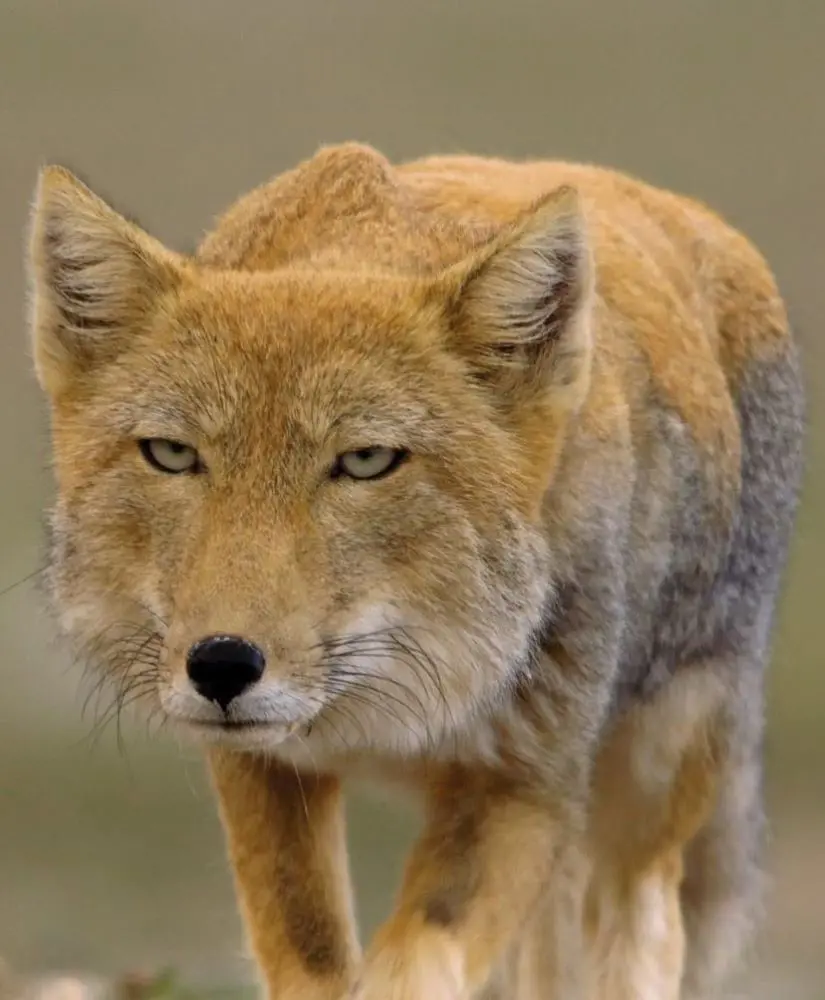
Named after its place of origin, the Tibetan fox is not the first species to cross your mind while searching for a pet fox. But, thanks to their unique appearance and personality, these foxes are becoming a famous pet fox breed in no time.
Incredibly social and intelligent, the Tibetan fox maintains a monogamous relationship until its partner passes away. They are also well-adapted to living in large groups, with the members sharing their food with seniors and younger foxes.
Their nature for socialization is what makes the Tibetan fox a highly adored fox species among animal lovers. Combined with their unique square-shaped head, these foxes are perfect for families.
14. Hoary Fox
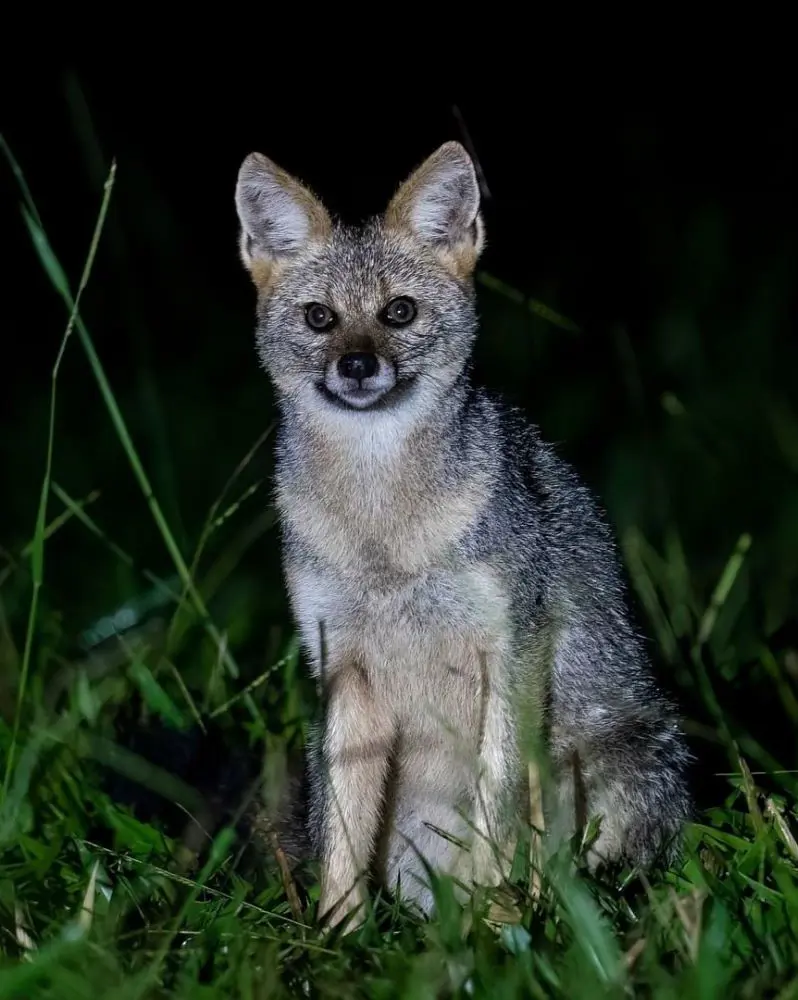
Native to Brazil, the hoary fox, or hoary zorro, is a fast and agile fox species. These small canines grow to a size of about 25 inches and weigh nearly 7 pounds.
The Hoary fox is a delicate breed that faces threats from several predators found in their natural habitat. While dogs are not considered their predators, a large number of hoary foxes are killed every year from dog attacks or injuries sustained from such attacks.
At the moment, the hoary species is considered relatively rare, with only around 20 thousand foxes living in natural conditions. The depletion of their habitat is possibly the main reason for their endangerment as only around 20% of their original habitat survives today.
15. Bengal Fox

For individuals looking to adopt an energetic and playful pet, consider getting a Bengal fox. Originally found in the Indian sub-continent in hotter regions, these foxes usually breed in cooler months like December to January.
A sign of their high social skills, both male and female Bengal foxes are committed to raising their young ones. In fact, in the early months of their lives, young cubs are rarely left unattended.
As with most breeds, the Bengal fox is pretty vocal. They are known to make human-like sounds as a way to mimic their owners. If loud noises at night don't bother you, this species should not bring any other issues while parenting.
16. Blanford's Fox
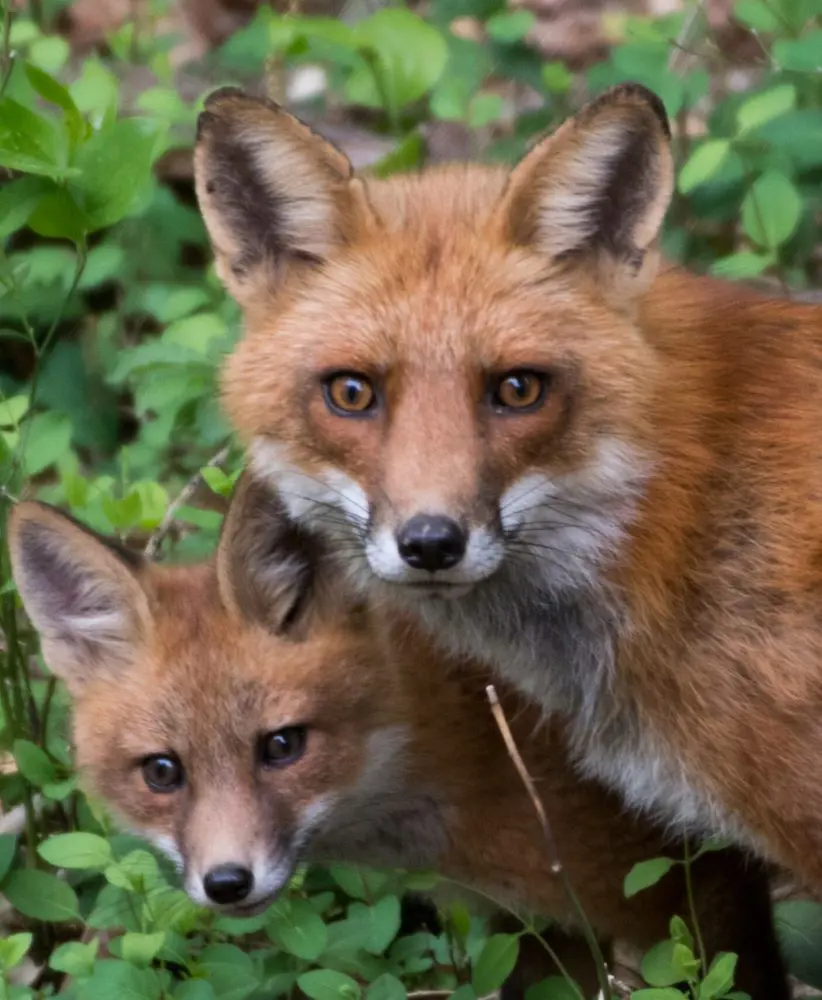
Best recognized for its bushy tail and long ears, the Blanford's Fox is one of the few fox species with the ability to climb trees. Their cat-like climbing skills have saved their lives on numerous occasions, protecting them from predators and providing them easy access to high-hanging fruits.
Although not generally regarded as ideal pets, these foxes have some advantages over some other species. For instance, the population of these foxes is decreasing significantly in the wild, mostly due to deforestation and loss of habitat. As their numbers grow lower, a breeding program can help sustain the population as more strict measures are taken to save the species.
Likewise, these foxes are also typically dormant. While they may appear cold and distant, the truth is these foxes prefer company over isolation and may even follow their humans around the house.
Top Lists




